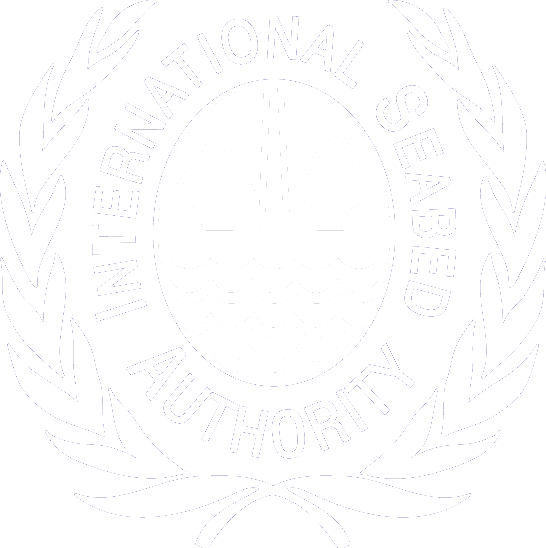AREA2030: Facilitating the high-resolution mapping of the international seabed area by 2030

The Secretariat of the International Seabed Authority (ISA) presents AREA2030, a new collective initiative implemented by ISA and the International Hydrographic Organization (IHO) to foster partnerships and collaboration for the high-resolution mapping of the international seabed area (the Area) by 2030.
Under the United Nations Convention on the Law of the Sea (UNCLOS), ISA is responsible for organizing and controlling activities in the Area to promote the orderly, safe and responsible management and development of the resources it contains for the benefit of humankind. This includes ensuring the effective protection of the marine environment and contributing to agreed international objectives such as the Sustainable Development Goals (SDGs). ISA is also mandated to promote, facilitate and conduct marine scientific research in the Area, and to disseminate the results of such research.
Exploration activities for mineral resources in the Area are regulated under exploration contracts. As of June 2023, ISA has granted 30 exploration contracts to 21 contractors. Over the years, ISA Contractors have collected vast amounts of geological and environmental data during their exploration of the Area. AREA2030 aims to compile and analyse all the bathymetric data shared voluntarily by ISA Contractors, in line with the vision of ISA Members to help achieve agreed global objectives.
Marine scientific research and the UN Decade of Ocean Science
ISA is committed to support the achievement of the scientific objectives and societal outcomes identified by the United Nations Decade of Ocean Science for Sustainable Development.
In 2020, ISA members adopted the ISA Action plan for marine scientific research in support of the Decade (ISA MSR Action Plan). The Plan reflects the vision endorsed by ISA’s 168 Members in ISA Strategic Plan and High-Level Action Plan for 2019-2023. The MSR Action Plan identifies six strategic research priorities which formalize the contribution of ISA to the Decade. AREA2030 is a direct contribution to priority 5. Promoting dissemination, exchange and sharing of scientific data and deep-sea research outputs and increasing deep-sea literacy.
Why are bathymetric data important?
Knowing the bathymetry – the depth and shape of the seabed – is fundamental for understanding ocean circulation, tides, tsunami forecasting, fishing resources, sediment transport, environmental change, underwater geo-hazards, infrastructure construction and maintenance, cable and pipeline routing, and much more, including inferring on possible mineral deposits.
Yet as of 2021, it was estimated that only about 21 per cent of the ocean floor had been mapped globally.
ISA and its Contractors, with their exclusive access to the Area, are uniquely positioned to help fill the gap.
AREA2030 objectives
AREA2030 is a collective contribution in support of the effective implementation of UNCLOS, the 2030 Agenda and the UN Decade of Ocean Science for Sustainable Development. It will contribute to increasing the scientific knowledge of our ocean and support global ocean governance.
By facilitating the production and sharing of high-resolution bathymetric data of the international seabed area, AREA2030 aims to:
- expand knowledge of the deep sea and its environment
- inform relevant decision-making processes
- support integrated approaches and adaptive management of activities in the Area
- support future responsibilities of ISA, including the design of comprehensive, reliable and transparent inspection programmes.
ISA Contractors’s contributions
As of June 2023, the ISA Secretariat has facilitated the submission by five contractors of high-resolution bathymetric data.
- Germany’s Federal Institute for Geosciences and Natural Resources (BGR) provided data for 120,000 km² of seabed in the CCZ and 188,500 km² of seabed in the Indian Ocean
- Japan’s Deep Ocean Resources Development Co. Ltd. (DORD) provided data on areas of particular environmental interest in the CCZ
- Belgium’s Global Sea Mineral Resources (GSR) has made data from its contract area publicly available
- Ifremer provided data for its two exploration contract areas in the Atlantic (polymetallic sulphides – 10,000 km²) and in the CCZ (polymetallic nodules – 75,000 km²) at a resolution of 100 m
- The Interoceanmetal Joint Organization (IOM) provided data collected from 1992 to 2001 in the CCZ.
Other contractors are also in the process of finalizing their voluntary contributions to AREA2030.

